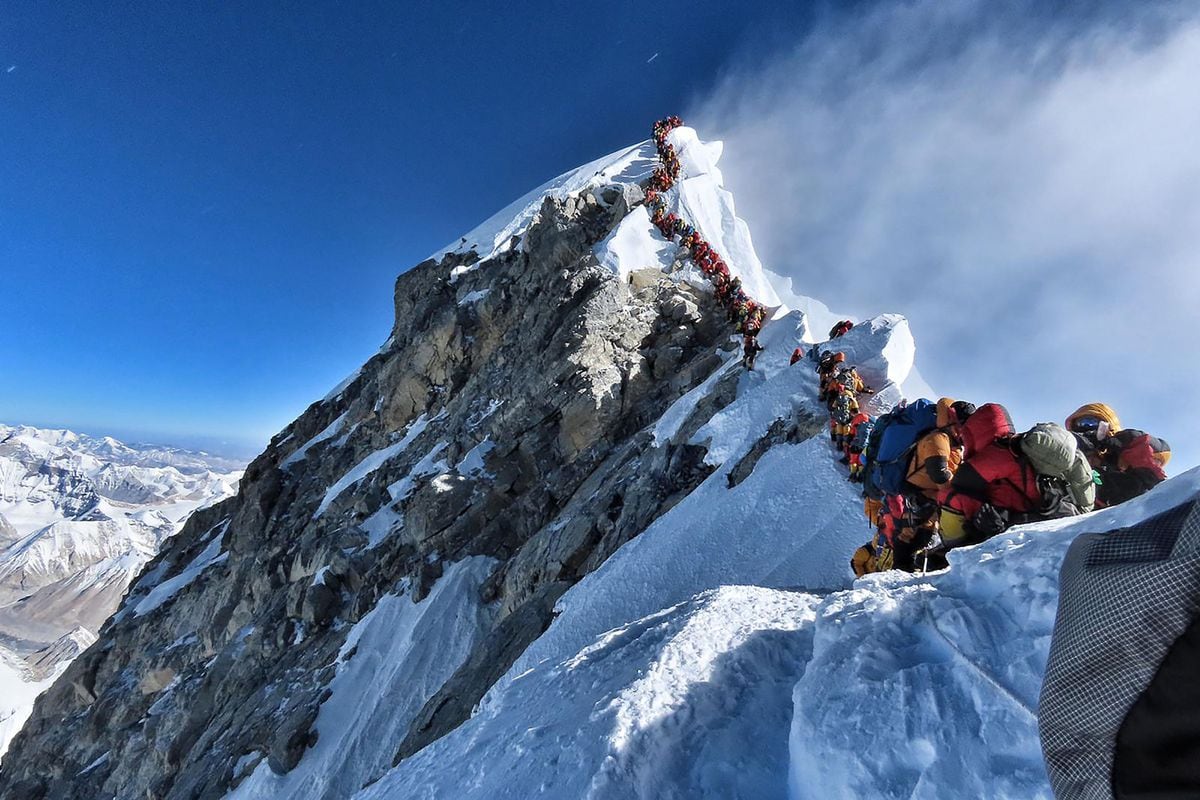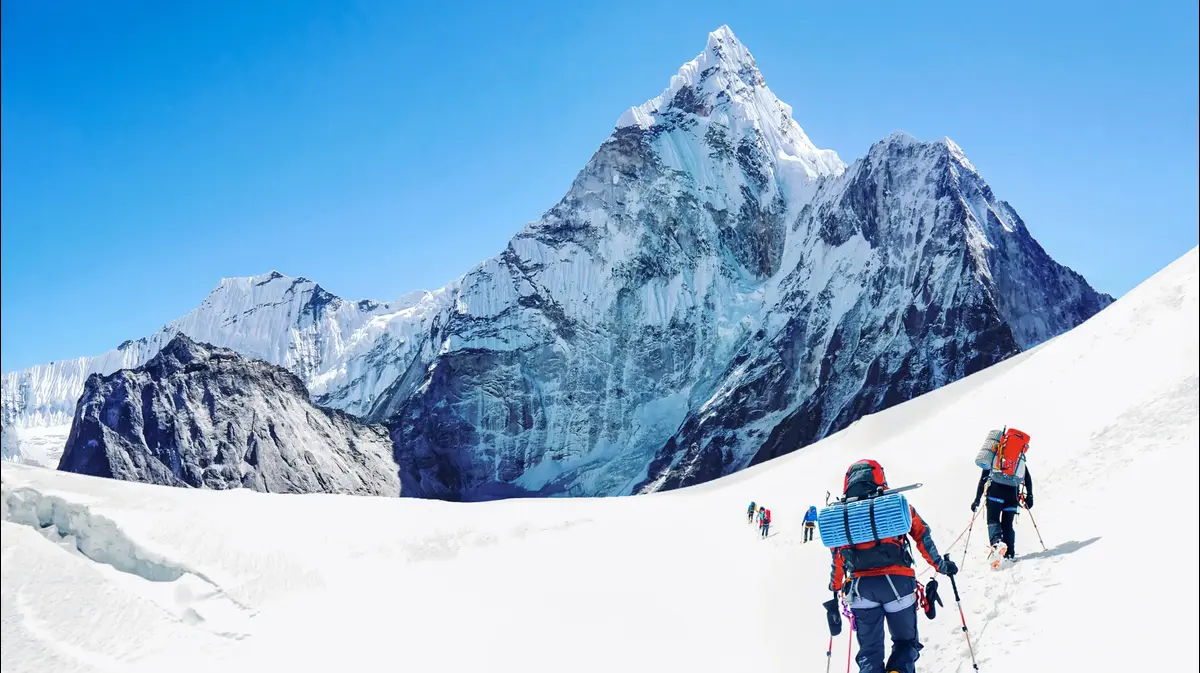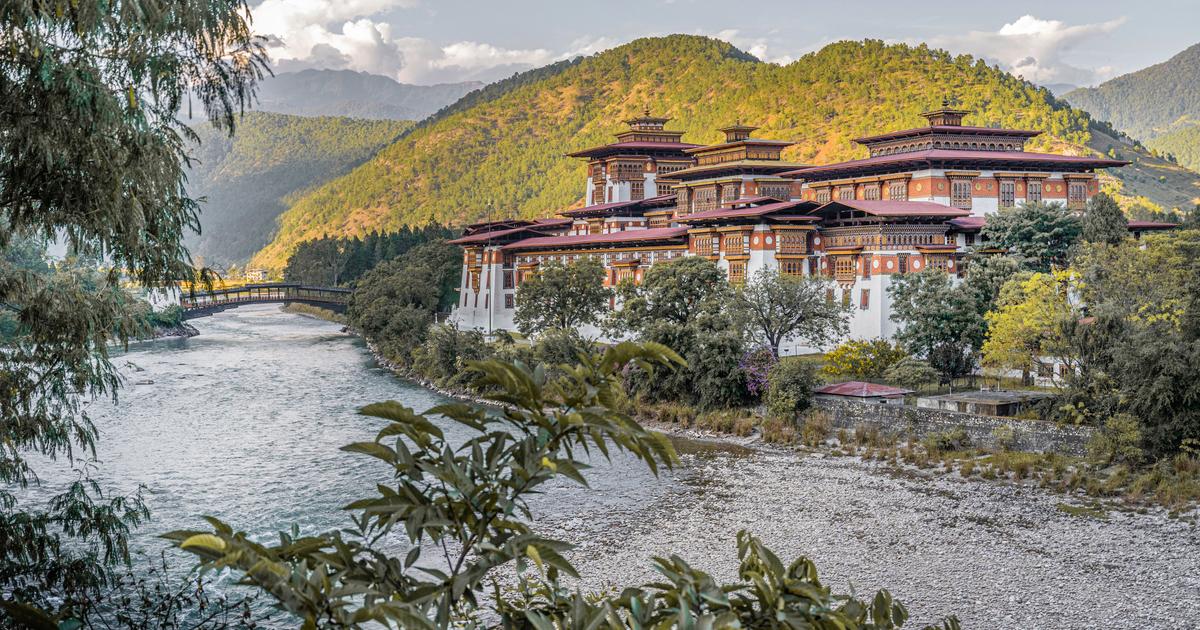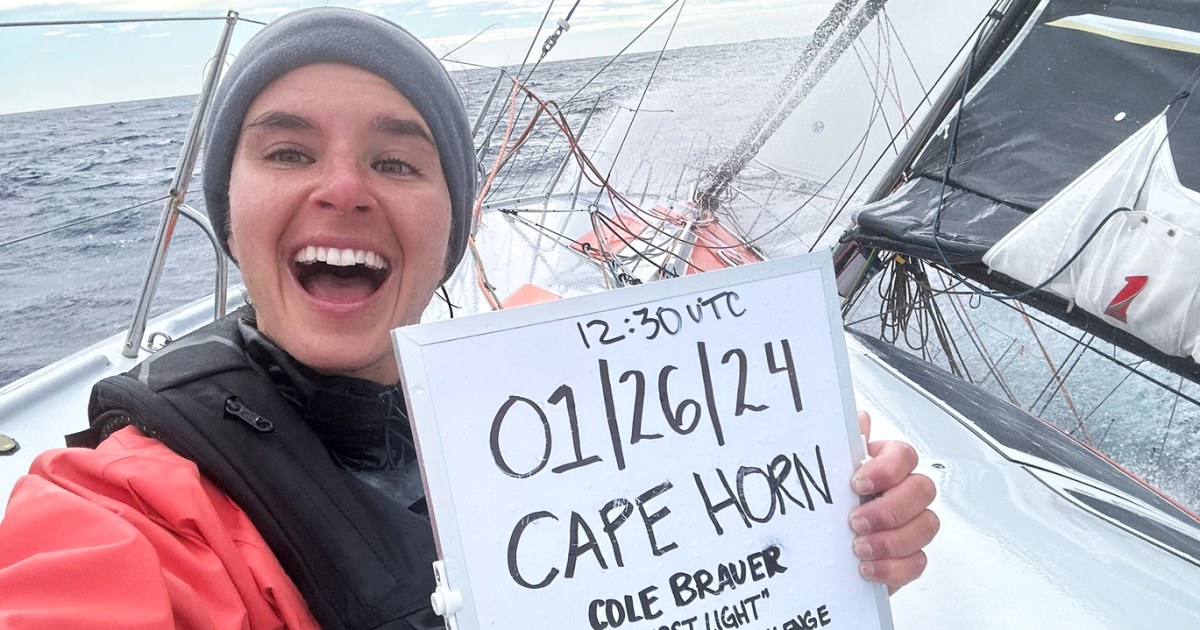In 1920, two English institutions such as the Royal Geographical Society and the Alpine Club created the Everest Committee to first recognize and then climb Everest.
On that date, only a handful of Westerners had seen the highest mountain on the planet with their eyes.
But the English mountaineering tradition, its tremendous colonialist inclination and its painful defeats in the conquest of the two Poles pushed strongly towards the so-called "Third Pole".
A year later, the first reconnaissance expedition managed to definitively ignite the flame of hope: thousands of square kilometers of territory were surveyed, as well as a detailed map of the northern or Tibetan slope.
The south or Nepal was still prohibited to foreigners.
George Mallory, a former Cambridge student and professor at Charterhouse, was
in situ
the team's engine and found the access route, reached the North Col, at 7,000 meters.
From there it was easy to imagine the route to follow.
He was the most outstanding climber of his time, but when they asked him to return the following year, he hesitated: he had three children and he did not want to leave his wife for six months.
The possibility of launching his career as an explorer, writer and lecturer tipped the balance.
George Leigh Mallory, on an expedition to Mount Everest, in 1921. Fairfax Media Archives (Fairfax Media via Getty Images)
In 1922, no one yet knew if humans were capable of withstanding the extreme altitude of the mountain without dying.
Doctors and physiologists showed their skepticism and the debate on whether to use bottled oxygen divided the members of the expedition.
Mallory considered its use a "damn heresy" and Arthur Hinks, secretary of the Committee, assured that its use was not legitimate and that the important thing, more than the top, was knowing how far they could go without using it.
One of the most curious was Alexander Kellas, a Scottish chemistry professor who made eight exploratory expeditions to the Himalayas between 1907 and 1921. He was the first climber to test bottled oxygen on a 7,000-meter mountain and decided that the hassle was not worth it.
He even went further: in his judgment,
Well-trained climbers could scale Everest without oxygen if the route wasn't too technical.
In 1978, Reinhold Messner and Peter Habeler agreed with him.
However, Kellas went down in history as the first victim of Everest, during the reconnaissance expedition of 1921. He died of a heart attack just one day before reaching the point from which he could have seen the mountain for the first time. .
Today, 99% of the ascents to the roof of the globe are made sucking artificial oxygen and his equipment barely weighs more than three kilos.
In 1922 he weighed 13.
He died of a heart attack just one day before reaching the point from which he could have seen the mountain for the first time.
Today, 99% of the ascents to the roof of the globe are made sucking artificial oxygen and his equipment barely weighs more than three kilos.
In 1922 he weighed 13.
He died of a heart attack just one day before reaching the point from which he could have seen the mountain for the first time.
Today, 99% of the ascents to the roof of the globe are made sucking artificial oxygen and his equipment barely weighs more than three kilos.
In 1922 he weighed 13.
Cover of the book 'Everest 1922. The Pioneers', by Mick Conefrey.
If we compare an image of Everest climbers today with that of 1921, the clothing of the pioneers seems inconceivable.
In fact, the Irish writer George Bernard Shaw, seeing a photo of the group, said that the scene reminded him “of a Connemara picnic caught in a snowstorm”.
A year ago, German mountaineer David Goettler reached his summit without the aid of artificial oxygen wearing six superimposed layers of synthetic clothing and down.
When Mallory's mummified body was found above 8,000 meters by Conrad Anker in 1999, she was wearing four layers of clothing on her legs and six on top: silk undergarments, wool pants with leggings, a wool sweater and a Burberry gabardine jacket.
Instead of leggings on boots, like now,
Everest 1922.
The Australian George Finch incorporated an invention as significant as it was ignored by his peers in 1922: he invented the goose down jacket.
Today, no material is capable of providing a better insulation-weight ratio.
Furthermore, Finch was a staunch advocate of the use of oxygen and developed some very sophisticated equipment for the time.
With his cylinders on his back, he reached a mark that would last for years: 8,320 meters.
Without artificial oxygen, Mallory reached 8,250.
The debate was still open.
More than the little concern of the pioneers for clothing, it is surprising to know that they did not use crampons.
Apparently, their straps tended to break, a possibility that horrified them.
When they recovered part of Mallory's remains, one of her leather boots was still very well preserved and showed metal studs on its sole that provided some grip in the snow.
In the eighties, Everest was only visited by experienced climbers: barely 10% of them reached the top.
On the day Everest collapsed, revealing a long line of feather divers stuck near the top, nearly 400 people climbed to the top.
Fixed ropes run all the way to the top and these days the Sherpas rig the route in anticipation of the imminent arrival of the season.
There is no mystery on Everest beyond knowing if there will be room at the top.
sherpa,
the indiscriminate use of artificial oxygen also explain why people without physical or technical aptitudes achieve their dream.
There were no fixed cords in 1922, and the one attached to Mallory's waist was as thin (5 millimeters) and unreliable as a clothesline.
In the bottom row, from left to right: George Mallory, Henry Morshead, Guy Bullock and Oliver Wheeler.
Top row: A. Wollaston, Charles Howard Bury, Alexander Heron and Harold Raeburn, in 1921 on the north face of Everest.
"Because it is there"
In 1923, the Committee sent Mallory to give a series of lectures in the United States to raise funds for the 1924 expedition. Arriving in New York,
The New York Times
he wanted to know why so many efforts to climb a mountain were due.
His answer, "because it's there", ironically cut short a much deeper explanation: Mallory loved to climb and if in the horizontal he was a person prone to chaos, forgetful and hesitant, in the vertical all his personality meshed to extract from him his best version.
He was not a mountaineering theorist, but pure action.
As a result of that tenacity, Everest experienced its first great tragedy.
After a heavy snowfall, Mallory insisted on launching one last attack on the summit in 1922. Accompanied by Howard Somerwell and about fifteen Sherpas, he began to make his way to the North Col until an avalanche swept away the procession, killing seven Sherpas. .
The colonial mentality of the time made them admire their porters without being affected by the way in which they were exploited.
Howard Somerwell: “Only
Sherpas
and
Bothias died.
Why don't some of us English share their fate?
I would gladly have been one of those dead.
If only so that the wonderful people who survived would feel that we had shared the losses, just as we shared the risks,” he developed.
For decades, the Sherpas were the cannon fodder.
But something began to change radically in 2014, after an avalanche on Everest that killed 14 Sherpas.
The survivors refused to continue working and the season was cancelled.
In 2010, there were four Western agencies for every one Nepali.
Today it is the other way around: the business belongs to the sons of the famous Sherpas who stood out in the 20th century and they do not want the West to take the big piece of the pie.
Along with the large local companies, low-budget Indian and Nepalese companies proliferate,
Mallory returned to Everest again in 1924. He and his companion Sandy Irvine were last seen at an altitude of around 8,600 meters.
The clouds covered the print and Noel Odell did not see them again.
The mystery of whether they managed to reach the top before dying remains.
You can follow EL PAÍS Deportes on
and
, or sign up here to receive
our weekly newsletter
.
Subscribe to continue reading
Read without limits
Keep reading
I'm already a subscriber








